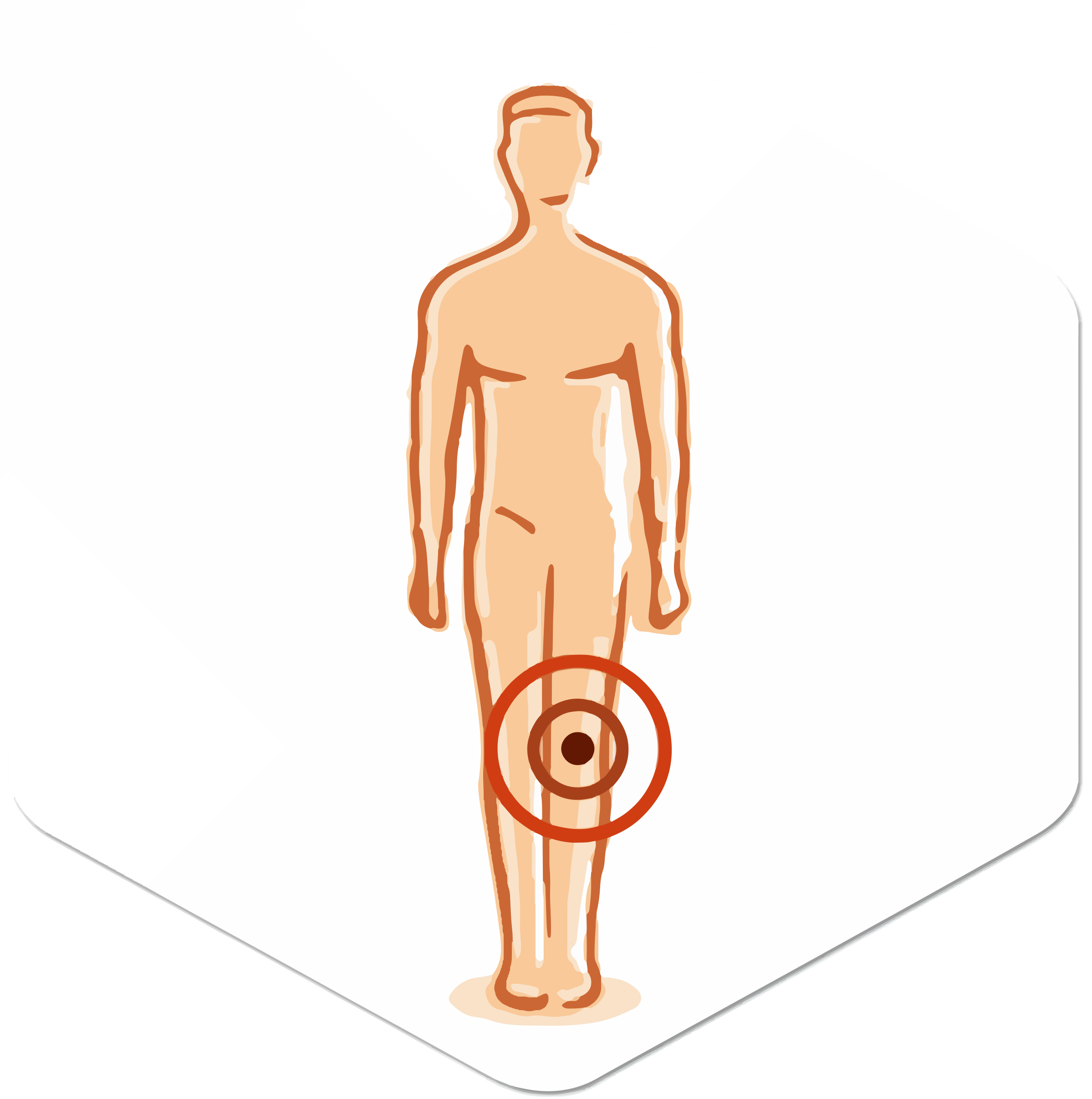Leg Pain
 Leg pain can range from a mild nuisance that comes and goes, to debilitating pain that makes it difficult to sleep, walk, or engage in simple everyday activities. The pain can take many different forms – some patients describe the pain as aching, searing, throbbing, or burning, and it can be accompanied by other symptoms, such as a pins-and-needles sensation, and/or leg or foot numbness or weakness.
Leg pain can range from a mild nuisance that comes and goes, to debilitating pain that makes it difficult to sleep, walk, or engage in simple everyday activities. The pain can take many different forms – some patients describe the pain as aching, searing, throbbing, or burning, and it can be accompanied by other symptoms, such as a pins-and-needles sensation, and/or leg or foot numbness or weakness.
Leg Pain Definition:
- Leg pain can be constant or intermittent, develop suddenly or gradually, and affect your entire leg or a localized area, such as your shin or your knee.
What has caused my Leg Pain?
If you’re suffering from lower leg pain, you may wonder if it’s serious or something you can treat at home. Here is an overview of several causes of lower leg pain and their treatments. Be sure to talk to our doctors if you have any questions about your leg pain or if your symptoms get worse.
Muscle cramps. This sudden, tight, intense lower leg pain is sometimes called a “charley horse.” Often caused by muscle fatigue, heat, or dehydration, muscle cramps are more common among older people, endurance athletes, or athletes who are not well conditioned. In most cases, you can ease muscle cramps by stopping whatever triggered them. If needed, gently stretch or massage your lower leg muscle. Applying heat to tight muscles or cold to tender muscles may ease some symptoms. Proper conditioning and stretching can help prevent problems in the future.
Shin splints. This type of lower leg pain happens when connective tissues and muscles along the edge of the shin bone become inflamed. This often happens after running or jumping, especially on hard surfaces. The repetitive force overloads muscles and tendons. Flat feet and too much outward rotation of the foot and leg can also contribute to this problem. Pain usually goes away with rest. It also helps to apply ice, take anti-inflammatories, and avoid anything that causes pain. Once pain lessens, stretch and strengthen your lower leg. To prevent future problems, wear supportive shoes and avoid running on hard surfaces.
Inflamed or torn tendons or muscles. One of the first signs of tendinitis (an inflamed tendon) is pain in the lower calf or back of the heel. Apply ice, take anti-inflammatories, and avoid anything that causes pain. Supportive shoes that lessen tension on tendons may also help. Just as with shin splints, wait until pain lessens to stretch and strengthen your leg. If pain is severe, the Achilles tendon may be torn. This can result from intense activity and not warming up well enough. See your doctor.
Broken bone or a sprained knee or ankle. A fracture (broken bone) or sprain (injury to ligaments from overstretching) can also cause leg pain. For mild sprains, try the RICE treatment: rest, ice, compression, and elevation. For a more severe sprain or fracture, apply ice and see your doctor right away. You may need a cast or brace. You may also need physical therapy to improve movement and speed recovery. Over time, gradually increase strength to support your weakened leg.
